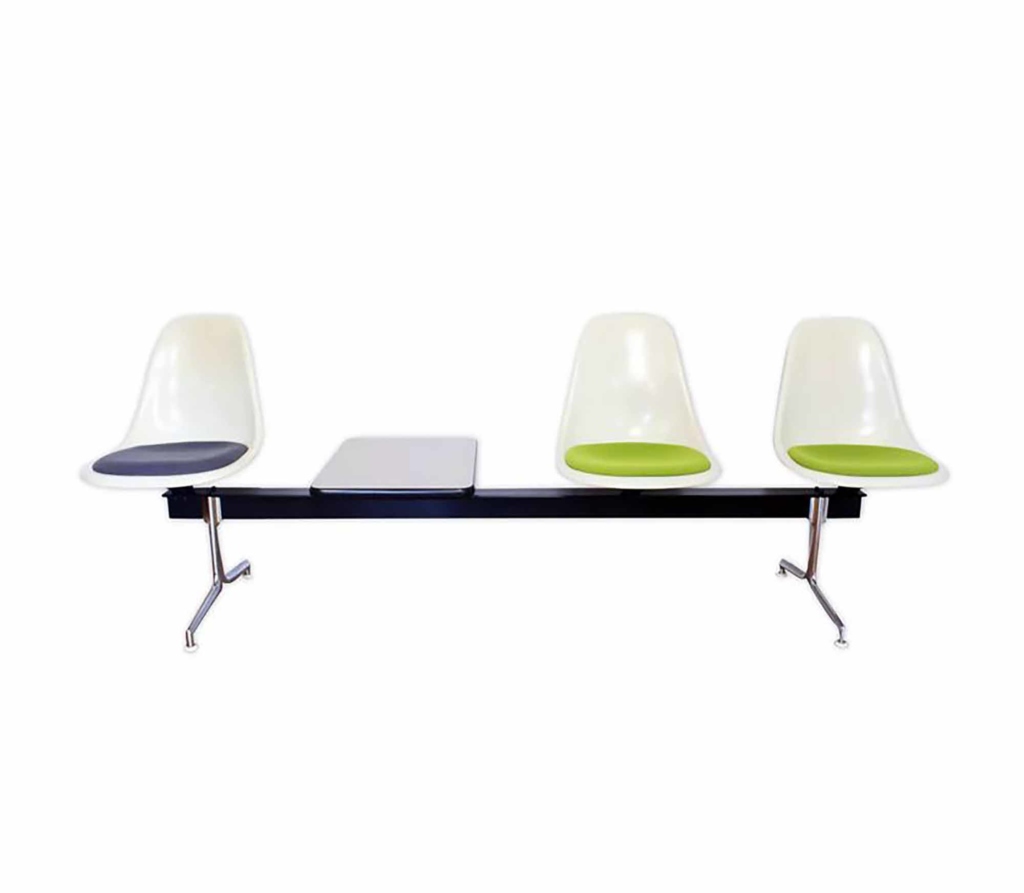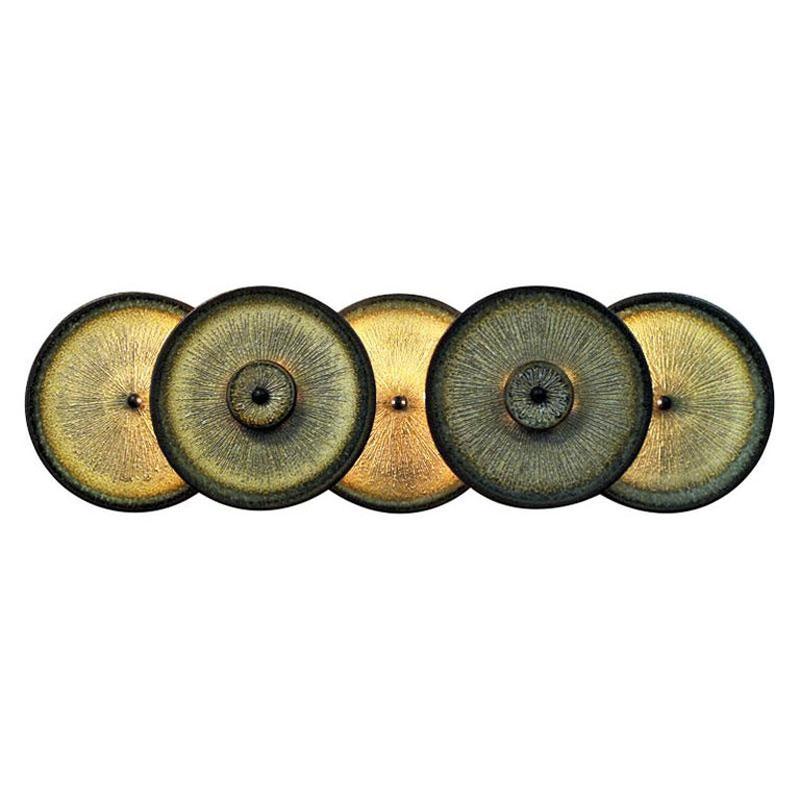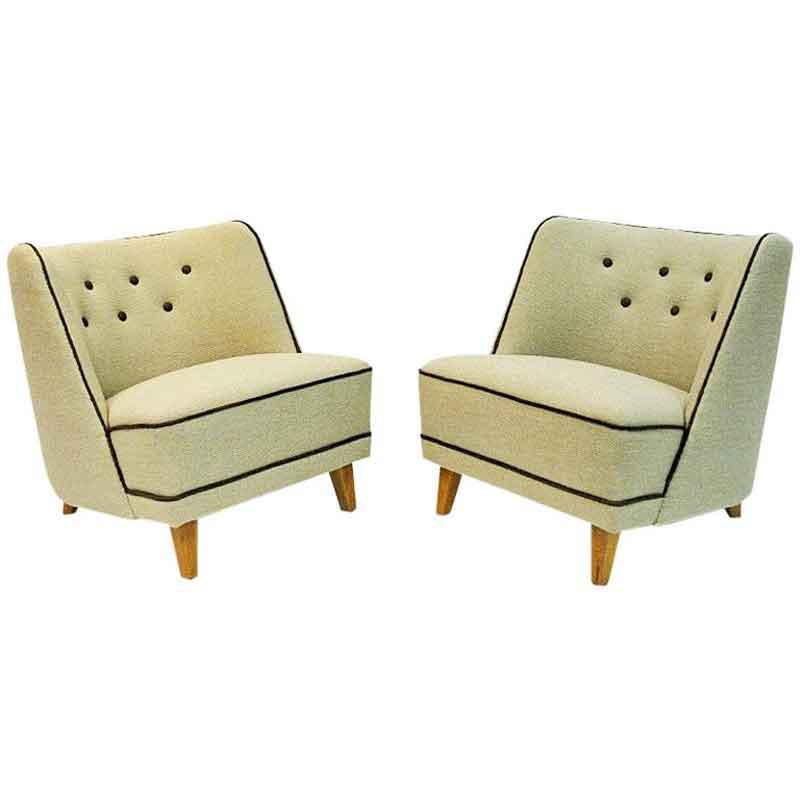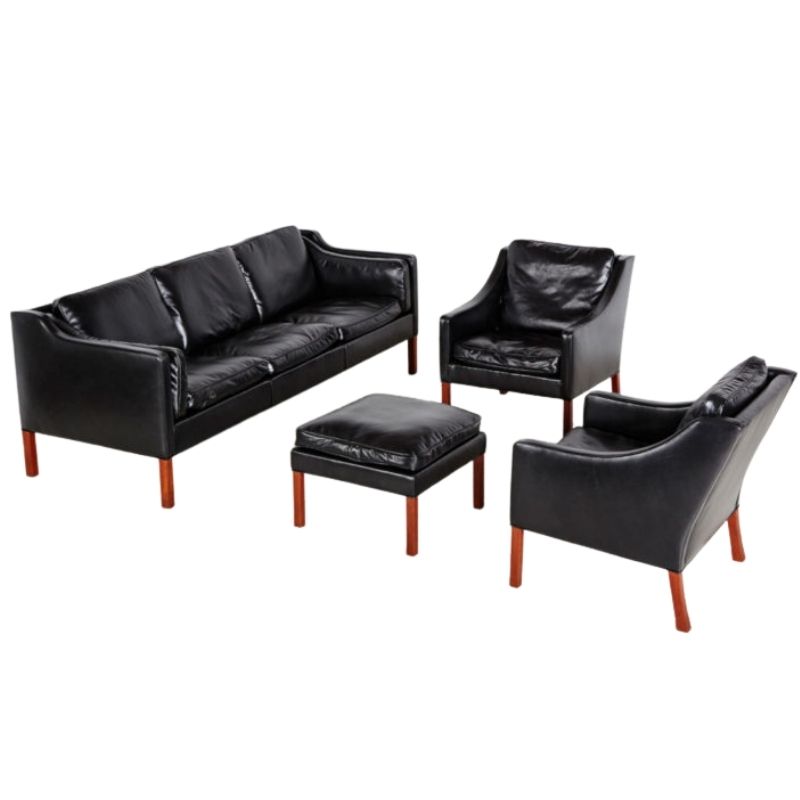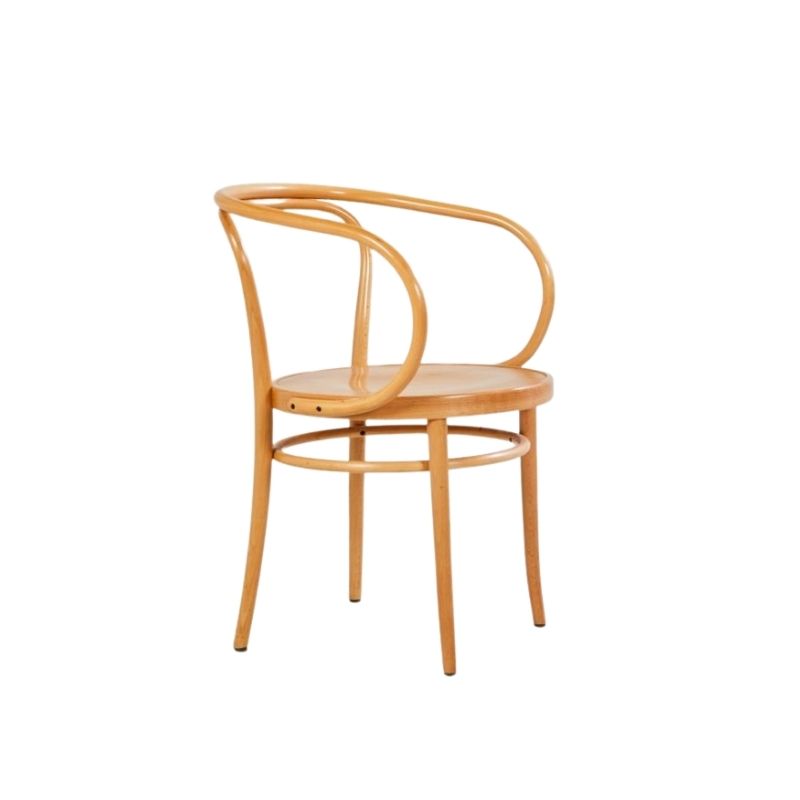Damn.
Yeah, that's insane. I am not super familiar with auction standards and practices. This prompted me to look over some of the past auctions on Wright, specifically the Modern Design auction from March 2011. I can understand double or triple the estimate happening for a number of reasons, but several items went for 10x or more than the estimates (pieces by Pierre Jeanneret, Paul Evans, John Vesey...) Is this common? How does this happen? Is it just a case of getting carried away, lack of understanding of actual value, or just not giving a %$^#? I am curious. I appreciate that these pieces may be rare examples, icons of design, or works of fine art, but $68,000 for a sofa, and $320,500 for a pedestal...really?
Noguchi, crappy?
"That is not art to me"?
LRF, I think you are missing the point. Plus if you think it's crappy, why would you suggest that you can have someone knock one off in no time? Your remarks sound as though you do not really have an understanding of what the object is and why it might have sold for what it did.
It is not art, it is a pedestal. Made to present an artwork or to work in symphony with a sculpture or object.
The modest estimate reflects what the auction house believed to be a fair value for what it is. A pedestal made by Noguchi, similar to others that he created to be used in conjunction with his sculptures. He is no longer living, so he will not be making any more artworks or pedestals either. That means there are a finite number of these items in the world and clearly there is more than one person who wants one.
Is it worth 3 to 5 thousand dollars? Sure. Maybe to a number of people. If I had something that would look nice atop it and a space for it in my home, I would probably enjoy having it. Would I spend 3-5K on it? I don't know. Is it worth 100 times the estimate? Not to me, but clearly it is to a couple other people who have that kind of money and must have some use for the piece (maybe they have a Noguchi sculpture they want to put on that pedestal).
We can go on about the aesthetic merits of the piece, about whether that kind of money spent on an object like that is even ethical (myself, I'd have a hard time justifying that kind of expenditure when there are so many people who have nothing) but is it my place to criticize someone else's purchase? I suspect that there are folks who would be shocked and put off at what you or I may have spent on art, objects, or furniture for our homes. And they are entitled to their opinions just as we are entitled to ours.
I think it's clearly a case of two wealthy people fighting over something they both wanted with no regard to other's perceived "value". They wanted it, and they have the means to try and buy it. There are always fluky results like this for items that go WAY beyond estimate at auction once, never to realize that price again.
I don't see any reason to criticize the object because someone paid more than you think it's worth. Having just recently seen a wonderful collection of his sculptures (including one on a wooden pedestal) in the Noguchi court in the Nelson-Atkins museum in Kansas City, I can say that I think Noguchi was a masterful artist and I genuinely appreciate his contribution.
As a woodworker, an
artist, a designer and a furniture fan, I can weigh in on this one, perhaps. First, the piece is well constructed for its intended use -- witness the housed dovetail joinery that connects the stretcher with the leg panels. This is an appropriate construction for the job at hand and is in keeping with the bulk and heft of the reused material Noguchi found and, clearly, valued.
Moreover, the proportions of the composition are convincing -- aren't they ? The perfect placement of the found notch in the top piece, aligning as a negative accent above one of the leg panels, is an unexpected delight. Shades of De Stijl formalism ?
Apart from a possible competition between two (or more ) well-heeled collectors, the surprising valuation of the piece could well result from an appreciation of the artist's handling of the task and the materials, and a desire to celebrate them in the acquisition of this unique object. Purchasing such a piece can be a way of acknowledging, and yes, sharing, that appreciation. Given lavish disposable income, I can't say I wouldn't be among those vying for this little treasure -- humble though it may (understandably) seem to some.
artsnot
To answer your question, there are many reasons why auction prices are sometimes way above the pre-auction estimate.
Could be that two or more people want it and don't care how much it costs.
Some people get very aggressive at auctions and decide they are not going to let anyone else have the object. They begin to think of it as theirs long before it actually is theirs.
Some people care as much or more about where they buy something as they do about the object itself.
Sometimes the people doing the pre-auction estimates are way off (sometimes intentionally, to encourage more bidding).
Sometimes there are typos!
Sometimes two people know something that no one else there knows.
Sometimes, sadly, there is shilling by someone in the crowd or bid running by the auctioneer---and I'm talking in very general terms here, not about a specific auction house. (I do not know anything about Wright other than having seen a few of their catalogs.)
There are probably more reasons, but this is a good starter.
Well, Tiny, taken out of context, as it is,
the simple little form does seem rather pedestrian at first glance, I agree. Even in the one image here, though, the seasoned eye can ascertain subtle cues to suggest that it was not crudely or haphazardly cobbled together and worthy of closer scrutiny.
If it somehow had come into your posession and you had burned it, only to later discover its true cultural and monetary value, wouldn't you be morally obligated to publicly kick yourself bloody?
If you need any help, please contact us at – info@designaddict.com




